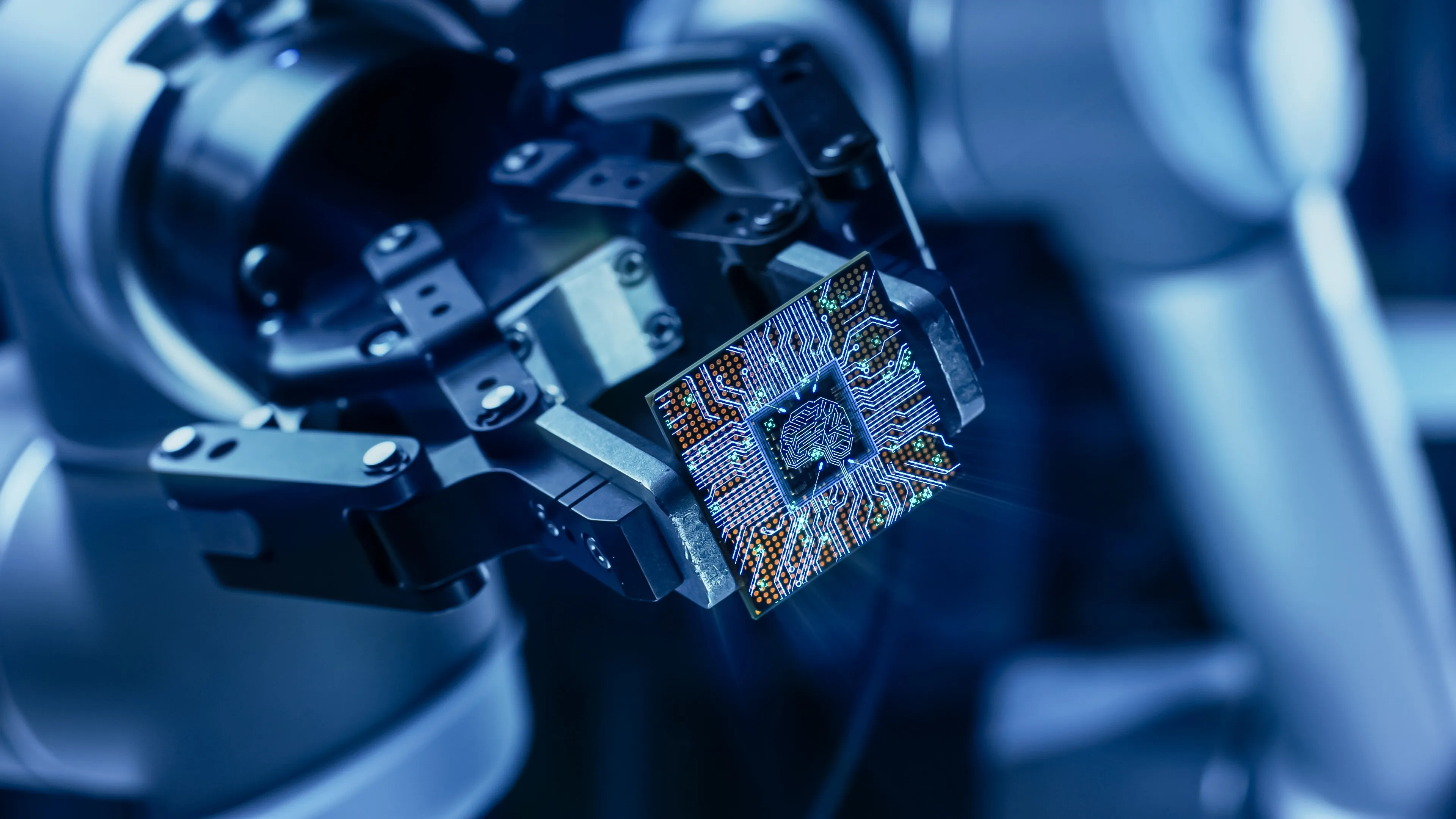High-Performance Computing Revolutionized: The New Brain-Inspired Platform

Transforming AI with High-Performance Computing
The Indian Institute of Science (IISc) has announced a breakthrough in high-performance computing by developing a brain-inspired neuromorphic computing platform. Capable of storing and processing data across 16,500 conductance states in a molecular film, this new platform represents a dramatic leap over traditional digital systems, which are limited to just two states (on and off).
Innovation in AI Hardware
- The innovation addresses energy consumption and computational inefficiency in AI hardware.
- Compared to traditional chips, the platform is 460 times more efficient than an 18-core Haswell CPU.
- It executes core operations in a single step instead of multiple, vastly increasing efficiency.
Neuromorphic Computing: The Future of AI
At the heart of this innovation is neuromorphic computing, mimicking the architecture and operations of the human brain. High-performance computing now faces a promising technique that integrates memory and processing into one unit, allowing for faster processing speeds. This platform's ability to handle complex computations with 14-bit accuracy positions it as a key enabler for advanced AI applications.
Collaboration with Silicon Systems
The platform is designed to complement existing digital systems, enhancing extensive computations like matrix multiplications prevalent in AI workloads. This collaboration may lead to a new era of high-performance computing that leverages the strengths of both neural-inspired and traditional processing.
The IISc team aims to accelerate development and launch an indigenous neuromorphic chip, potentially turning the landscape of AI hardware into a more efficient powerhouse, across sectors from cloud computing to robotics.
This article was prepared using information from open sources in accordance with the principles of Ethical Policy. The editorial team is not responsible for absolute accuracy, as it relies on data from the sources referenced.